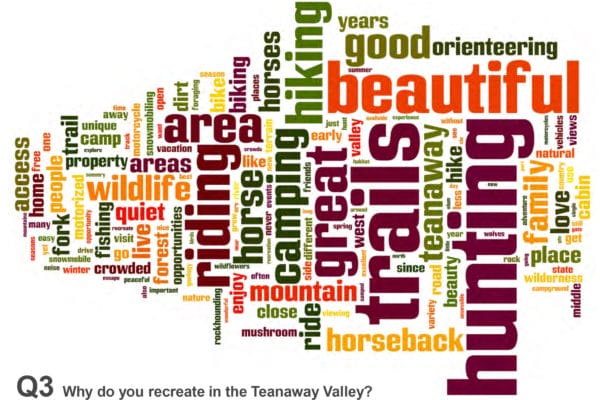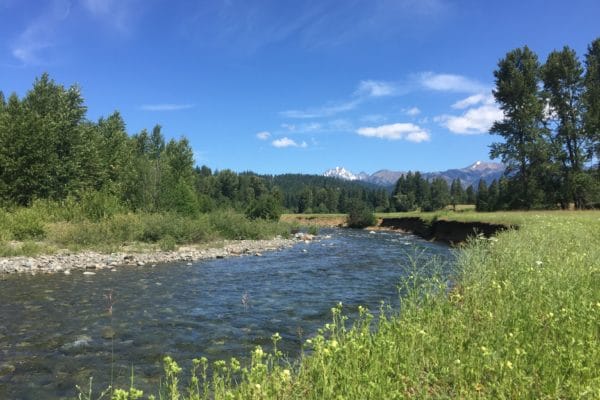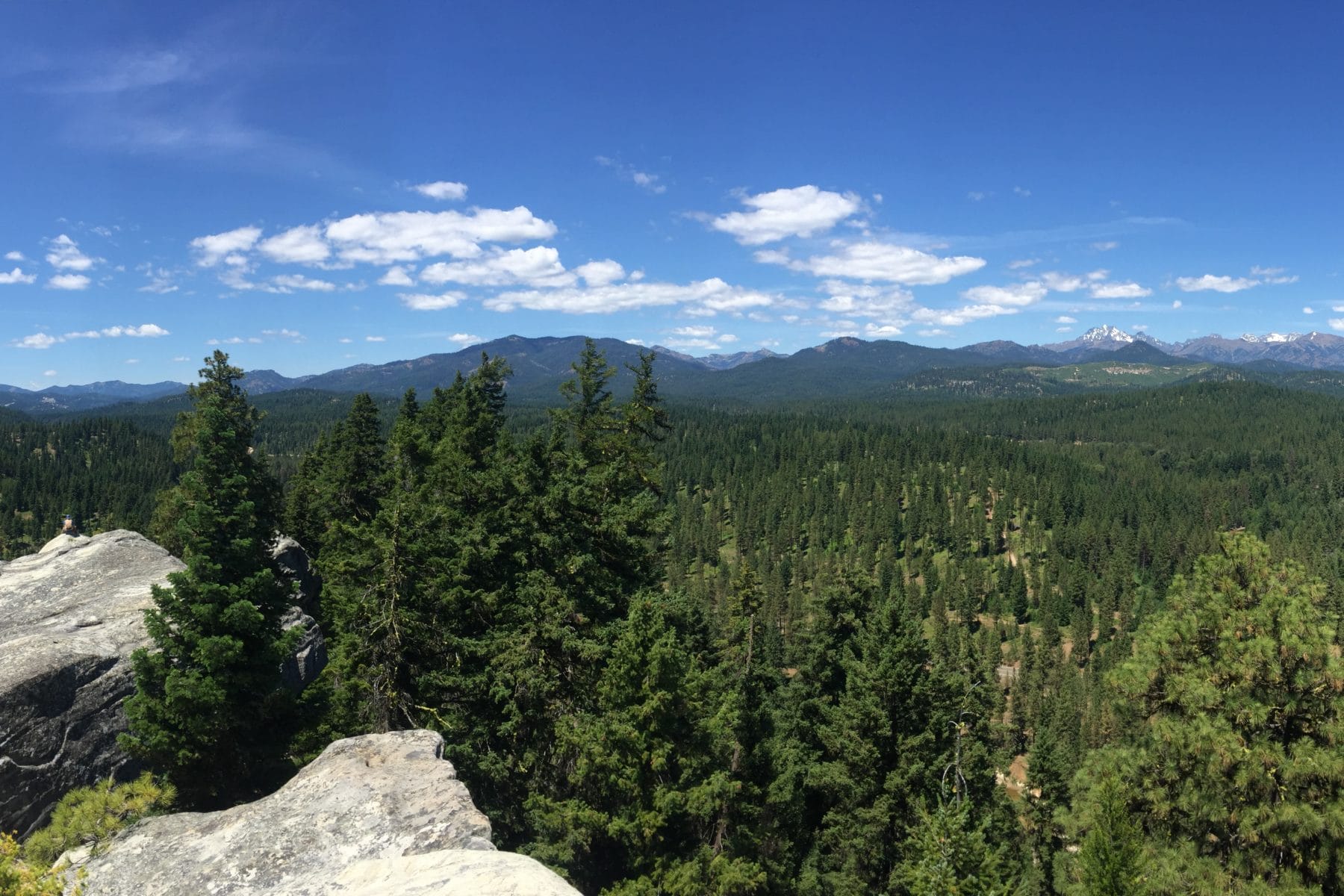Recreation in the Teanaway: Survey Results Are In
Ever since the Teanaway Community Forest was created four years ago, people have asked: “how do I explore it?”
Situated just 15 miles east of Cle Elum, the Teanaway’s quiet forests, dramatic outcroppings and rock formations, abundant wildlife and cold, clean, fast-moving rivers beckon to residents and visitors alike. Right now, it glows with fall colors that attract campers, hikers, bikers, equestrians, birdwatchers and picnickers out to enjoy one last hurrah before winter, but not everyone is sure where to go or how to get there. The community has come together to start building a vision and plan for Teanaway recreation, starting with gathering information about current and desired activities. The preliminary results are in, but there’s still much work to be done to provide the best opportunities to experience the Teanaway.
When the state legislature established the Teanaway Community Forest in 2013 and gave joint management to the Washington State Department of Natural Resources (DNR) and the Washington State Department of Fish and Wildlife (WDFW), these agencies faced unique challenges and opportunities. As Washington’s first Community Forest, the Teanaway must meet multiple needs, including protecting and enhancing Yakima Basin water supply, conserving and restoring vital fish and wildlife habitat, sustaining itself through grazing and forestry revenues and providing unique all-season recreational opportunities.

This summer, DNR and WDFW surveyed the public to learn more about recreation trends within the forest. 2,682 people shared their experiences, priorities and stories about the Teanaway Community Forest, painting a vivid picture of activities across the landscape.
Demographics were an important aspect of understanding who uses the Teanaway and what their unmet needs look like:
- More than half (58%) of respondents live on the west side of the Cascades
- The majority are 50 or older, so ease of access was a common priority.
- 94% of visitors stop in nearby communities to purchase gas, refreshments, equipment, and amenities, contributing to the local economy.
- Most visitors come in spring, summer, or fall, highlighting a need for increased winter opportunities like snowshoeing, cross country skiing, and snowmobiling.
- 44% of visitors stay overnight, and only 24% of respondents said they did not camp in the forest.
- Most users (46%) heard about the forest by word of mouth.
The Teanaway offers something for nearly everyone. The survey asked users to indicate their participation in 26 different recreational activities. Even with this variety of options, people still had more write-ins to share:
- Hiking, camping, and backpacking were the three most common activities, followed by photography, viewing wildlife, and appreciating nature.
- Write-in additions included orienteering, meditation, botany, school group trips, canoeing and fat biking.
- Trail users like hikers, bikers, equestrians and ORV enthusiasts all indicated a desire for longer, more challenging trails.
- Visitors want trails that will take them to scenic viewpoints and other features of interest, to experience more of the Teanaway’s unique nature.
- 83% of visitors want to see more restroom facilities, but said parking, safety, adherence to trail use rules and easy access to information strongly influence their enjoyment of the forest.
 The survey results also showed a strong commitment to the conservation and restoration of the forest.
The survey results also showed a strong commitment to the conservation and restoration of the forest.
- Most hunters and anglers want seasonal protections for fish and wildlife, increased educational signage and clearly designated river access sites, in order to impact the forest less.
- 60% of participants said they would be very or somewhat likely to volunteer to restore or repair habitats and infrastructure in the Teanaway. Many people wrote in to explain that they were unlikely to volunteer due to age or health reasons, but that the health of the forest is still important to them.
- Write in comments stressed a desire to ‘keep it wild’, ‘keep it beautiful’ and ‘protect it for the wildlife’.
The recreation survey isn’t the first time the public has been tapped to provide recommendations on the Teanaway. A 20-member citizen advisory committee made up of local residents, farmers, elected officials, business leaders, recreational groups and nonprofits (including the Greenway) meets monthly to review DNR and WDFW’s work. They drafted a management plan for the forest in 2015, and in 2016 they created a plan for sustainable grazing that protects water quality and fish habitat while providing vital funding. As Washington’s first Community Forest, the Teanaway proves the importance and success of collaborating across the board.
DNR and WDFW will use these survey responses to guide the development of new recreation opportunities, infrastructure, trails, and access for the next 10 to 15 years. These survey results demonstrate not only the many uses already in play in the Teanaway, but also the public’s commitment to respecting sensitive areas and preserving a peaceful outdoor experience for all.
The full survey results, with comments, are available here. Keep an eye on the Greenway blog or the official DNR Teanaway Community Forest page for future opportunities to engage with Washington’s first Community Forest.





